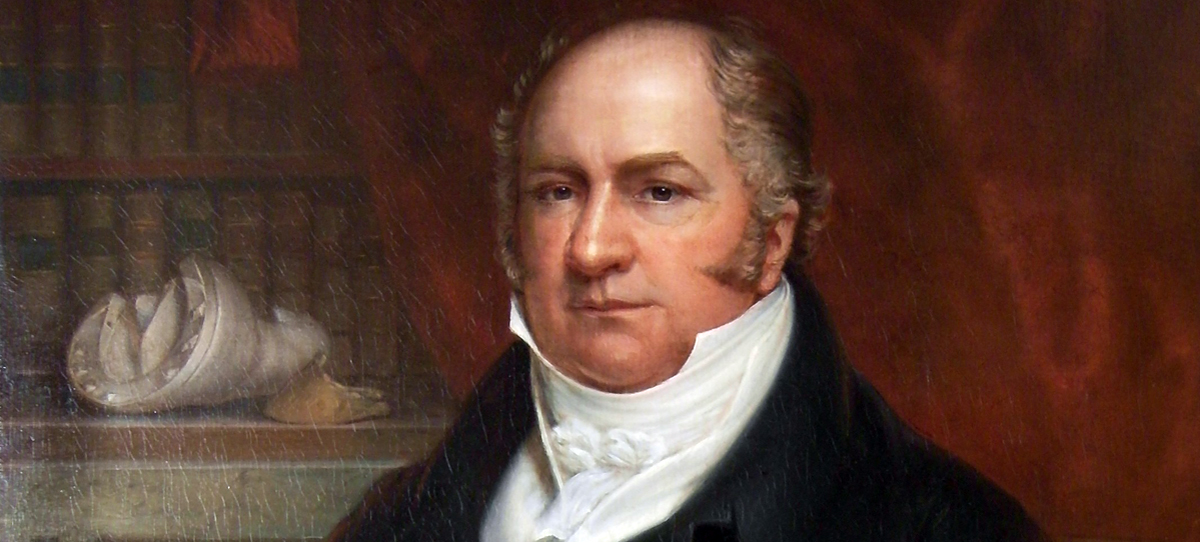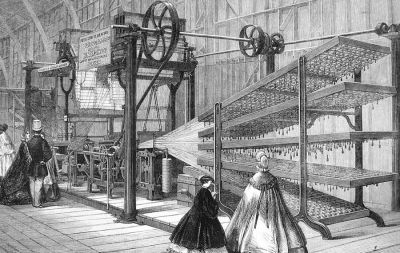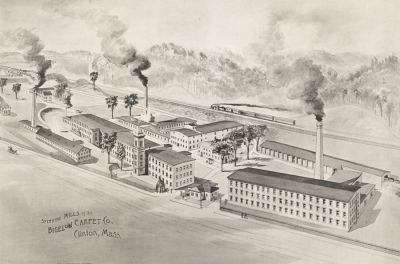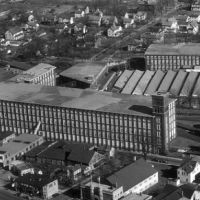Primary Source
There is nothing more certain in human affairs than that the adoption of free-trade by the United States at their present stage of progress would largely diminish their productive power, reduce the volume of their trade, both foreign and domestic, and consequently lessen their general prosperity. We may suppose that there are not many among us bold enough openly to advocate the prostration of American industry; yet every orator and writer who advocates our adoption of free-trade virtually does that.
From "The Tariff Policy of England and of the United States Contrasted," by Erastus B. Bigelow (Boston, 1877).









